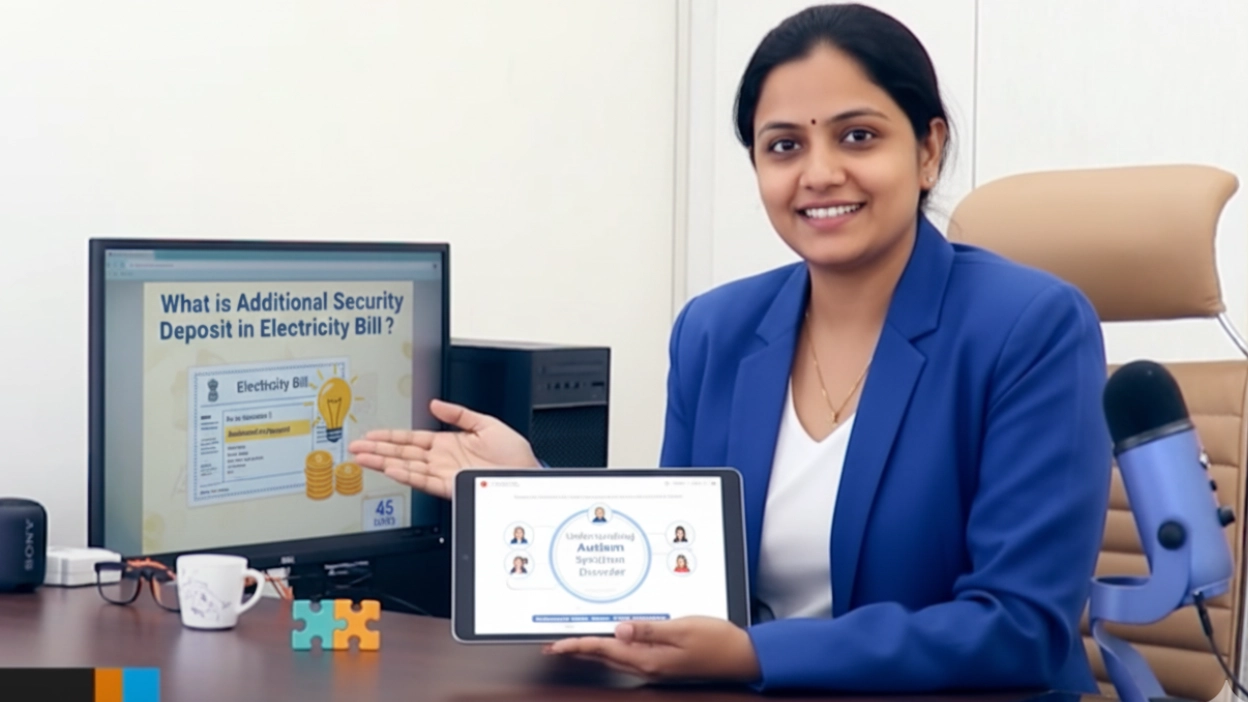ATR, ABR, and Thru Rate are important financial and performance indicators used in the power distribution sector. They help understand how efficiently electricity is billed and how much revenue is realized per unit sold.
They are measured in Rs./Unit.
Let's have a look on full form of these abbreviations and its definition:
- Average Tariff Rate (ATR) - ATR is a simple mean of the approved rate of the different categories by the regulator.
- Average Billing Rate (ABR) - ABR is a simple mean of the per-unit rate of the consumers of different categories.
- Through Rate (Thru Rate) - Thru Rate is used to indicate the per-unit rate at which revenue is realized.
Average Tariff Rate (ATR)
It represents the expected or approved rate per unit at which the DISCOM should ideally bill consumers if every consumer is billed accurately.
In other words, it is the average tariff the regulator has approved or allowed for the DISCOM to realize through billing.
It cannot be calculated directly but is assumed as the ABR of correct bills or the approved average rate determined by the regulator.
Average Billing Rate (ABR)
ABR represents the average rate at which consumers are actually billed by the DISCOM.
ABR = Total Billing (₹) / Total Billed Units (kWh)
Note:
- If billing is 100% accurate and covers all consumers, ABR ≈ ATR.
- However, if some energy is unbilled, billed incorrectly, or billed under wrong categories, ABR tends to be lower than ATR.
Through Rate (Thru Rate)
Thru Rate represents the average realized rate per unit of total input energy (not just billed energy). It reflects how much revenue is actually collected per unit input to the distribution system.
Thru Rate = Revenue Realized (₹) / Input Energy (kWh)
Note: This metric captures both billing and collection efficiencies.
Relationship Between ATR, ABR and THRU Rate
If all consumers are billed correctly and payments are fully collected:
But in reality:
because of:
- Unmetered or defective meters.
- Billing errors or delays.
- Pending or non-paid bills (collection inefficiency)
AT&C (Aggregate Technical & Commercial) Losses
AT&C loss is the key performance indicator for DISCOM efficiency. It measures the combined effect of technical losses, billing inefficiencies, and collection inefficiencies.
Conventional formula
AT&C Loss = (1 − Billing Efficiency × Collection Efficiency) × 100
But, it can also be derived from ABR and Thru Rate:
AT&C Loss = (1 − Thru Rate / ABR) × 100
Example Calculation
This can be better understand using the following example:
Input Energy = 53 MU = 530 lacs unit Billed Energy = 50 MU = 500 lacs unit Current Assessment = 4500 lacs Revenue Realized = 4000 lacs
Calculate AT&C using conventional method:
- Billing Efficiency = 50 / 53 = 0.943
- Collection Efficiency = 4000 / 4500 = 0.888
- AT&C = (1 − 0.943 × 0.888) × 100 = 16.14%
Calculate AT&C using ABR and Thru Rate
- Thru Rate = 4000 / 530 = ₹7.55/unit
- ABR = 4500 / 500 = ₹9.00/unit
- AT&C = (1 − 7.55/9.00) × 100 = 16.14%





